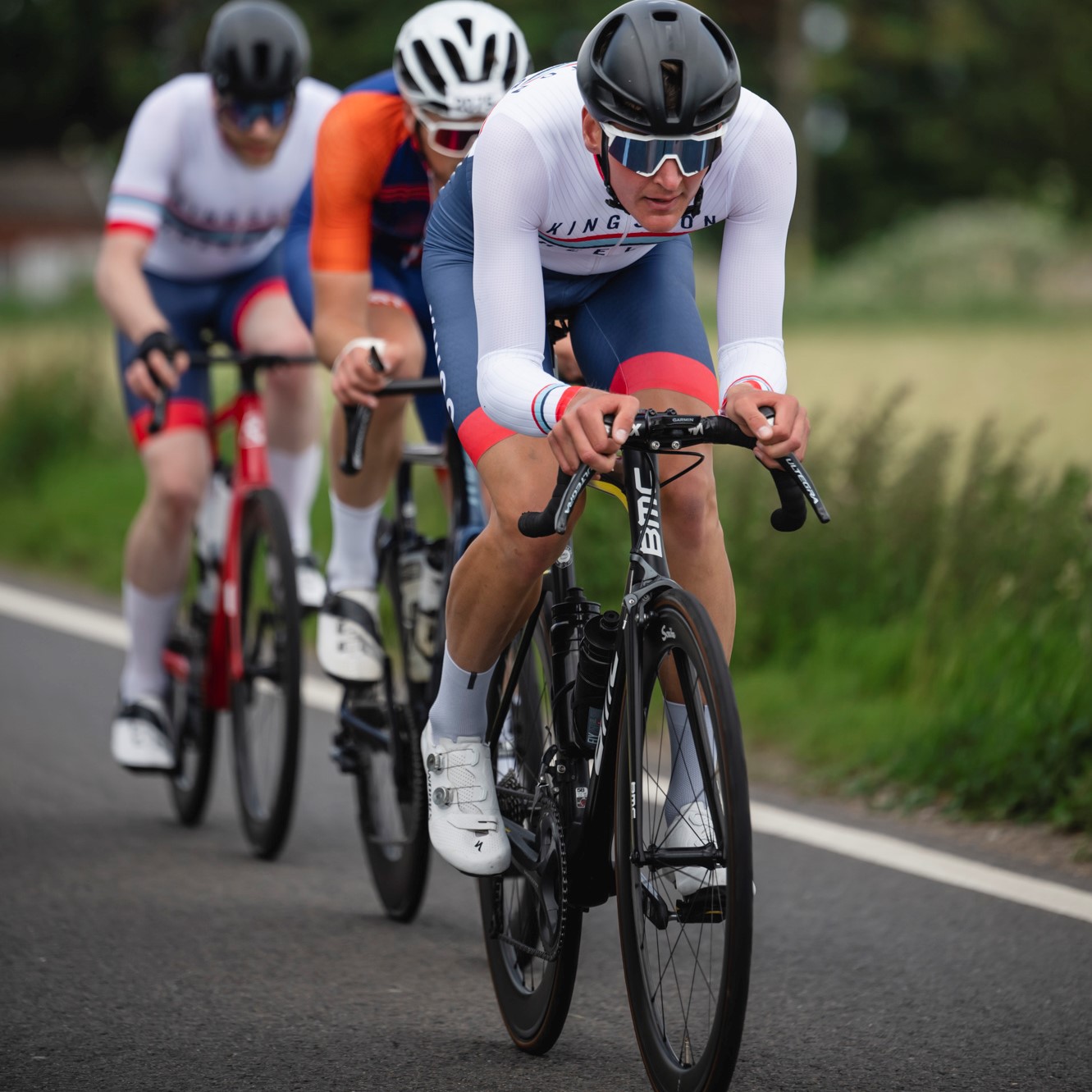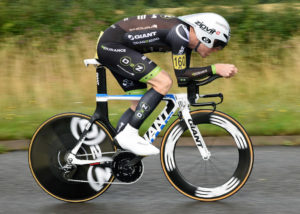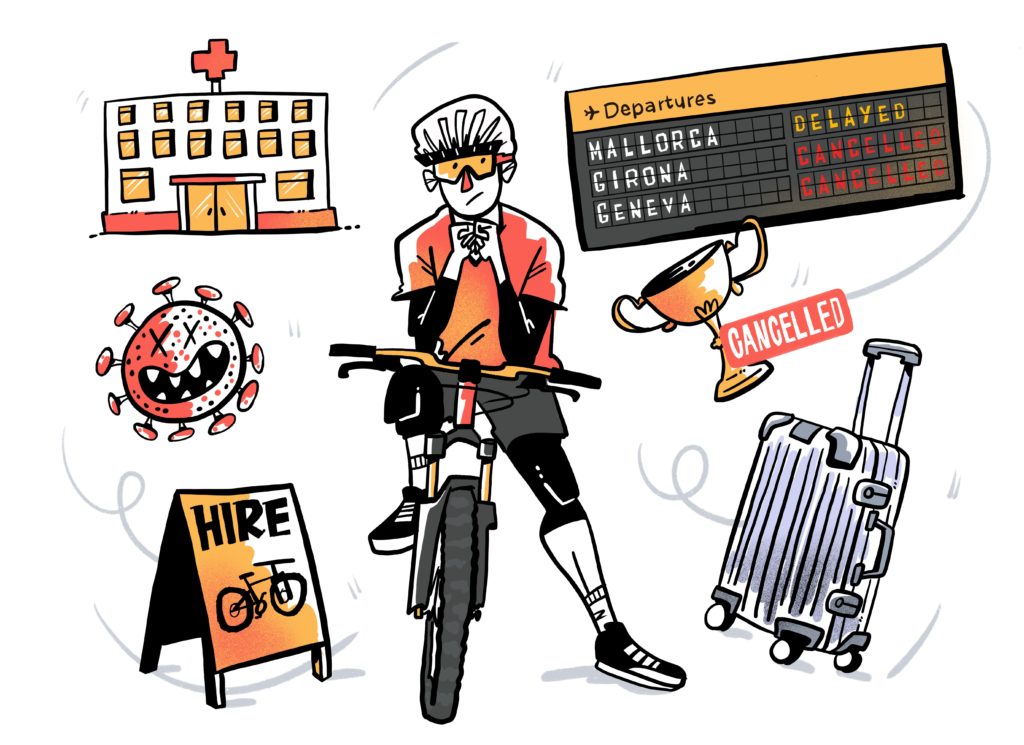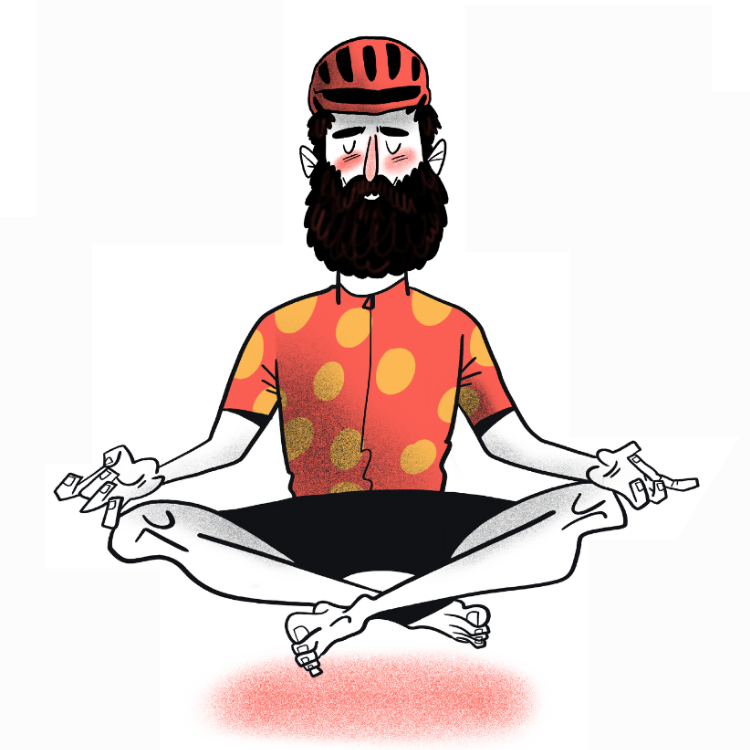Your nervous system’s switch – LT1 explained
Sometimes, you do a training session and you wake up the following day feeling like you’ve climbed a mountain. Your throat hurts a little in the morning, you never quite wake up that day and your legs feel heavy. Other days, you’ve trained for the same amount of time as the day before but you feel fine when you wake up. If you track some recovery metrics, like Heart Rate Variability (commonly referred to as HRV) or resting heart rate, you might notice a difference in these values when you feel tired. This tired feeling and these recovery metrics are driven by your autonomic nervous system’s response to the training that you’ve done – if you train hard, your body becomes stressed! This stress response is how we adapt to training and become fitter but being stressed all the time leads to overtraining and burnout. Nobody wants to feel tired all of the time, but how do we avoid it?
Intensity control in riding is the key to this. When we get on our bikes, we have a decision to make. We must ask ourselves, “Do I want to switch this stress response on today or not?”. If the answer is yes, then we do our intervals, chaingang or Zwift race (or whatever you like to do to get your blood pumping that bit harder). If the answer is no, we have to train easily – but how easy is easy? Where’s the intensity cap? For this, we look to the first lactate threshold, or LT1.
What is LT1
According to the fine people at the University of Loughborough (who seem to know a thing or two about sport), LT1 is “defined as the lowest intensity at which there is a sustained increase in blood lactate concentration above resting values”. As we train harder, our muscle contractions cause the amount of lactate in our blood to increase. The point at which this increase begins, and the increase is subsequently sustained, is called LT1.
LT1 is, crudely speaking, the line between easy and moderate. It varies from person to person – for someone aerobically inclined it could be 90% of their FTP, for others it could be only 75% of this value. You can only really find it by going to a lab and doing a lactate test. There are a number of ways to estimate this without a blood-lactate test – this Trainer Road forum contains a lively discussion on the issue which could fill a book, let alone a blog.
For practical purposes, you don’t need to know exactly where your LT1 is. If in doubt, slow down a bit. For me and athletes I speak with, an ‘aerobic day’ heart rate is usually around 60-65% of max. If you have a maximum heart rate of 180 bpm then you’ll want to aim for around 110-120 bpm for ‘non interval’ days. At this intensity, you’ll probably be well under that first lactate threshold in most cases. Aerobic training should not feel hard. A pro cyclist with an FTP of over 400W will do their easy rides at around 200W! It is not productive to blast around every ride as fast as possible if your aim is to improve your fitness.

What happens when we go above LT1?
Going above LT1 will lead to some kind of response from our autonomic nervous system. We might notice a general feeling of fatigue or a change in our HRV. How deep we go and for how long determines the extent of this response. While this autonomic nervous system’s response is ongoing, we cannot train hard again without simply doing damage. Intensity is much more likely to cause a large stress, but riding for durations much longer than we are used to or in conditions (like heat or altitude) that we’re not used to either can also switch this response on.
Essentially, when we exceed our first lactate threshold we become more stressed. This stress is a good thing, when we don’t get too much of it and when we induce it on purpose. On days when we have already received a dose of ‘nervous system stress’ we probably want to avoid inducing it the day after – or until our HRV and feelings have returned to baseline.
Should I ever go above LT1, and if so – how often?
The answer to the first part of this question is yes, the answer to the second part is ‘it depends’. We want to exceed LT1 on days where we are doing it on purpose. How much we should do this depends on who you speak to. “Best practice” tells us that the best endurance athletes in the world are training between 80 and 90 percent of their time beneath their first lactate threshold. Studies also show this intensity distribution works well for time-pressed amateurs, so it might make sense to start here and experiment yourself to find your sweet spot.
Your first lactate threshold (LT1) acts similarly to a binary switch between easy and hard and when exceeded can lead to a response from your autonomic nervous system. The length and severity of this stress response will likely depend on the amount of time spent over LT1 and how far past it you were. By minimising the amount of time we exceed LT1 outside of sessions where we are doing intervals on purpose, we can ensure that we are recovered for harder sessions and able to absorb the training. By ensuring our intensity distribution across the week remains sensible, we can absorb the hard work and make good fitness gains.










